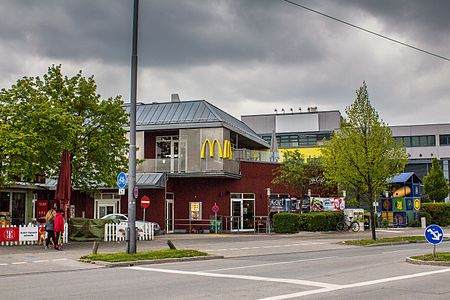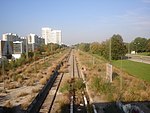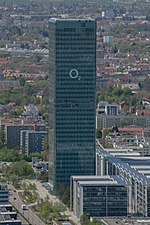2016 Munich shooting

On 22 July 2016, a mass shooting occurred in the vicinity of the Olympia shopping mall in the Moosach district of Munich, Germany. An 18-year-old Iranian-German, David Sonboly, opened fire on fellow teenagers at a McDonald's restaurant before shooting at bystanders in the street outside and then in the mall itself. Nine people were killed, and 36 others were injured, four of them by gunfire. Sonboly then hid nearby for more than two hours, and killed himself by a self-inflicted gunshot wound when confronted by police. Two reports by Bavaria's State Office of Criminal Investigation and another by the public prosecutor's office concluded the shooting was not political, saying Sonboly's main motive was "revenge" for bullying by others from immigrant backgrounds, and that mental illness, romantic rejection and obsession with other shooting rampages were also a factor. Germany's security agency described him as a "psychologically ill avenger". An independent report by three political scientists said Sonboly may also have been driven by xenophobia or far-right ideology. Der Spiegel reported in 2016 that fellow online video gamers said that Sonboly wrote anti-Turkish messages, admired Germany's right-wing AfD party, and was "very nationalistic". According to media reports, some of those who knew him said he considered himself part of the Aryan race, and boasted about sharing the same birthday as Adolf Hitler. In light of this several politicians urged the police to focus on his possible political motives and in 2019 Bavarian police declared that the shooting was partly motivated by far-right extremism. The attack took place on the fifth anniversary of the 2011 Norway attacks.
Excerpt from the Wikipedia article 2016 Munich shooting (License: CC BY-SA 3.0, Authors, Images).2016 Munich shooting
Hanauer Straße, Munich Moosach
Geographical coordinates (GPS) Address Nearby Places Show on map
Geographical coordinates (GPS)
| Latitude | Longitude |
|---|---|
| N 48.183333333333 ° | E 11.533611111111 ° |
Address
Olympia-Einkaufszentrum (OEZ)
Hanauer Straße 68
80993 Munich, Moosach
Bavaria, Germany
Open on Google Maps










